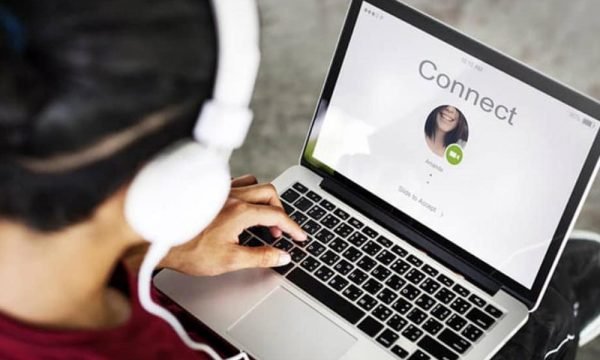Closed captioning (CC) is the process of displaying text on a television screen that describes the audio portion of a program. This is beneficial for people who are deaf or hard of hearing, and it can also be helpful for people who are learning English as a second language. Closed captioning can be turned on or off, depending on the viewer’s preference. In this article, we will discuss how closed captioning works for live events!
Table of Contents
What is Closed Captioning in a Nutshell?
Closed captioning is the display of text on a television, computer, or another video device to provide additional or interpretive information. It can be used to provide subtitles, which are a transcription of the audio track of a program, or it can provide an alternative translation of the audio into another language.
Additionally, closed captioning can be used to transcribe dialogue for those who are hard of hearing or deaf. In general, closed captioning is any text that appears on a video screen in response to the audio track of the program.
Closed captioning is required by law in the United States for all broadcasts made after July 1, 1993. The Americans with Disabilities Act and the Individuals with Disabilities Education Act both mandate that closed captioning be available for all public and educational programming. Nowadays captions for live events are available with the help of technology as this will be discussed later in the article.
What is the Difference Between Live Captioning and Closed Captioning?
Live captioning is the real-time transcription of spoken words into text. This type of captioning is often used for events such as conferences or webinars, where it is important to provide access to the content for individuals who are deaf or hard of hearing.
Closed captioning, on the other hand, is the addition of text to pre-recorded videos. This type of captioning can be used to provide access for individuals who are deaf or hard of hearing, as well as those who prefer to read the text rather than listen to the audio. Closed captioning can also be used for videos that include dialogue in a foreign language, allowing viewers to read the subtitles in their native language.
How Does It Work in Live Events?
Closed captioning for live events is done by a team of people who type out what they hear on the audio feed. This text is then displayed on the television screen in real-time. The captioning team works in a studio that has a clear view of the stage or playing field. They also have access to monitors that display the text so that they can check for accuracy.
The captioning team consists of a lead captioner, who is responsible for monitoring the audio feed and calling out any changes or discrepancies; a proofreader, who checks the text for errors; and a voice writer, who speaks the words that are being typed out loud so that the lead captioner can hear them.
Closed captioning for live events is a challenging task, but it is important to work that helps to make events accessible for everyone. If you are interested in becoming a closed captioner, you can find out more information by contacting your local television station or by searching online for training programs.
In What Live Events Closed Captions Are Being Used?
In recent years, the use of closed captions has become more widespread. While captioning was once limited to television and movies, it is now being used in a variety of live events, including sporting events, concerts, political rallies, and other entertainment venues.
The benefits of captioning are many. For one, it allows those with hearing impairments to enjoy live events. It also makes events more accessible to non-native speakers of the language in which they are taking place.
Additionally, live captioning can be beneficial for people who are in noisy environments or who simply prefer to read the text instead of listening to audio. As the use of closed captions continues to grow, it is likely that more and more live events will make use of this technology.
Conclusion
Closed captioning is a valuable tool that can be used to make live events more accessible for everyone. In live events, closed captioning is done by a team of people who type out what they hear on the audio feed. This text is then displayed on the television screen in real-time. The use of closed captions has become more widespread in recent years and it is being used in a variety of live events, including sporting, concerts, and more.
So, if you are interested in becoming a closed captioner, you can find out more information by contacting your local television station or by searching online for training programs.





